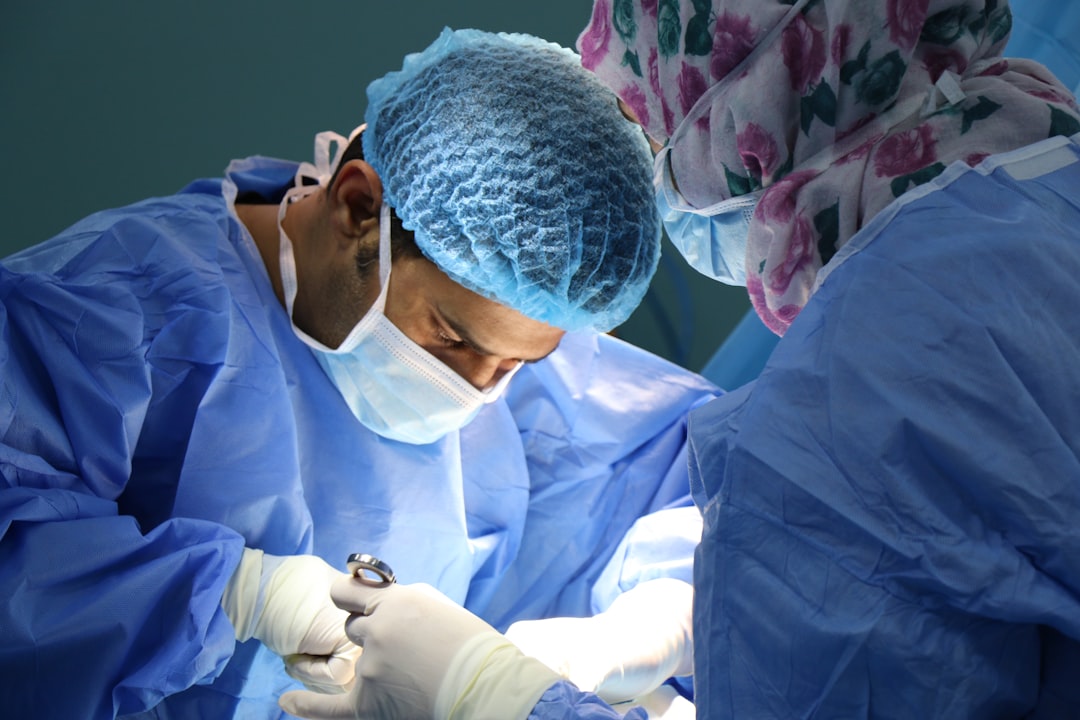For decades, avascular necrosis (AVN) of the femoral head was regarded as a degenerative...
Inclusion Body Myositis: What You Should Know

Inclusion body myositis is a rare type of muscle inflammation. It can cause pain, stiffness, and weakness. In some cases, it can lead to complete paralysis.
The cause of inclusion body myositis is still unknown, but it's thought to be related to a combination of genetic and environmental factors. It's most commonly diagnosed in middle-aged adults, but can also occur in children and teenagers. Treatment typically includes rest, pain relief, and physical therapy. If left untreated, inclusion body myositis can lead to permanent muscle weakness or paralysis.
There is no cure for inclusion body myositis, but there are treatments available that can help relieve the symptoms. Our recent published case report explores the use of Hyperbaric Oxygen and Platelet Rich Plasma Therapy as an adjunctive therapy in the care of inclusion body myositis.
What is inclusion body myositis?
Inclusion body myositis (IBM) is a type of myositis that is caused by inflammation and swelling in the muscles. IBM can affect any muscle in the body, but is most common in the arms and legs. IBM can cause pain and disability, and may require treatment to improve muscle function.
How Is Inclusion Body Myositis Diagnosed?
Inclusion body myositis is a type of muscle inflammation that most often affects the lower extremities. It is usually diagnosed through a combination of symptoms and medical tests. The most common tests include an MRI or CT scan to look for swelling and inflammation in the muscles, and a muscle biopsy to determine the cause of the inflammation. Treatment typically includes rest, pain relief, and physical therapy.
What Are The Symptoms Of Inclusion Body Myositis?
Inclusion body myositis (IBM) is a rare autoimmune disease that causes muscle pain and weakness. The symptoms can vary, but they usually include muscle aches and pain, difficulty moving muscles, and fatigue. IBM can affect any part of the body, but it most often affects the chest, shoulders, and arms.
How Is Treatment For Inclusion Body Myositis Provided?
There is no one definitive treatment for inclusion body myositis (IBM), as the disease is highly individualized. However, most patients receive aggressive treatment that includes physical therapy, corticosteroids, and other medications. Many patients also require surgery to remove the muscle tissue that has become inflamed and damaged.
Are there any alternative treatments for Inclusion Body Myositis?
There are a variety of alternative treatments for inclusion body myositis (IBM), but they all have their own set of side effects and risks. Some treatments, such as physical therapy and exercise, may improve muscle strength and function, but they may also cause additional pain and inflammation. Other treatments, such as drugs or radiation therapy, can be effective in treating IBM, but they can also have serious side effects. We recently published a case report in the International Journal of Advances in Medicine on the use of Hyperbaric Oxygen Therapy (HBOT) and Platelet Rich Plasma to treat inclusion body myositis.
Ultimately, the best treatment for IBM will depend on the individual's symptoms and the specific type of IBM that they have.

Hyperbaric Oxygen Therapy and Platelet Rich Plasma Therapy for Inclusion Body Myositis
Hyperbaric oxygen therapy (HBOT) is a treatment for a wide variety of medical conditions, including diabetic foot ulcers, failed surgical flaps and grafts, and many infections. Hyperbaric oxygen therapy uses pressurized air to increase the amount of oxygen in the blood. The increased level of oxygen helps to improve blood flow, STEM cell proliferation, and healing.
HBOT is administered in a special chamber called a hyperbaric oxygen chamber. The chamber is sealed off from the atmosphere, and the pressure inside the chamber is increased to greater than 1 atmosphere. This pressure combined with 100% oxygen helps to change ones physiology to affect repair.
Platelet rich plasma (PRP) is a procedure in which blood is drawn from a patient and the platelets are separated from the other blood cells. The PRP is then injected back into the patient to help heal tissue. PRP has been shown to be effective in helping to heal numerous types of injuries, including muscle tears, bone fractures, and joint pain.
There are many different types of treatments for inclusion body myositis, but there is no single treatment that is universally effective. Alternative treatments may be helpful for some patients, but they should be discussed with your doctor before being used.
While the use of a combination of Hyperbaric Oxygen Therapy and Platelet Rich Plasma Therapy (PRP) has shown promise in our study, more research is needed to determine if this is an effective treatment.
Conclusion
If you are experiencing any of the symptoms of inclusion body myositis, please see your doctor as soon as possible. There is no known cure for inclusion body myositis, but there are treatments available that can help relieve the symptoms.

Written by Alan Katz, MD, FUHM, FACEP, FAAEM
Dr. Alan Katz, National Medical Director of Hyperbaric Medical Solutions (HMS), is double board certified in Emergency Medicine and Hyperbaric Medicine. He directs clinical operations, education and research initiatives, and the integration of other regenerative medicine therapies....
Read More







